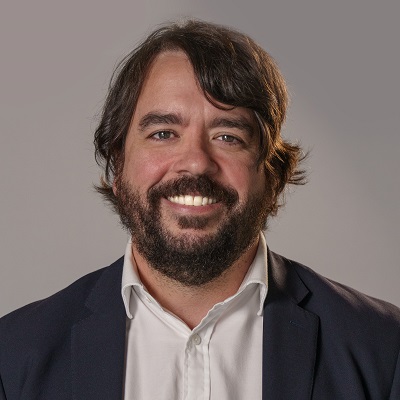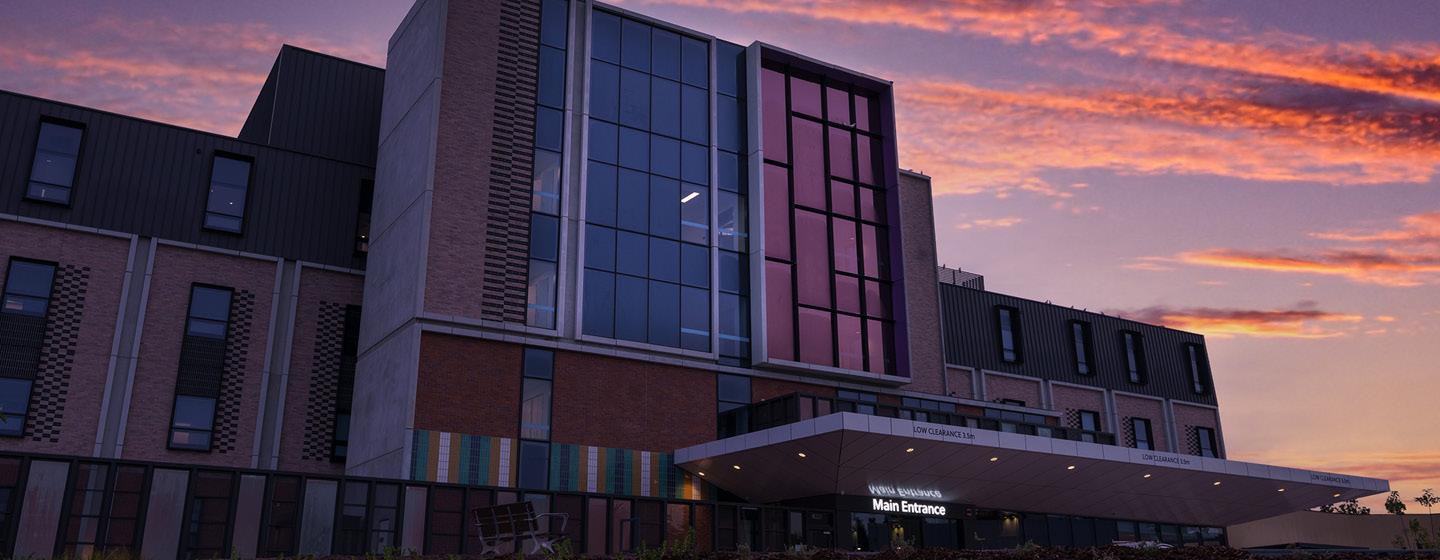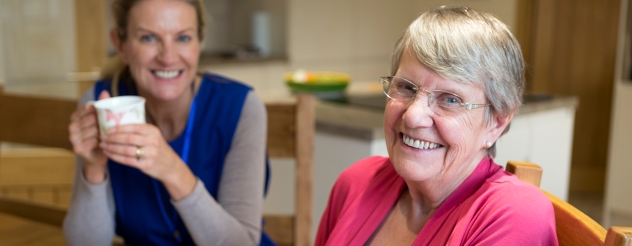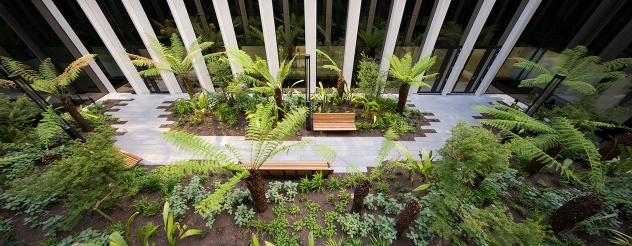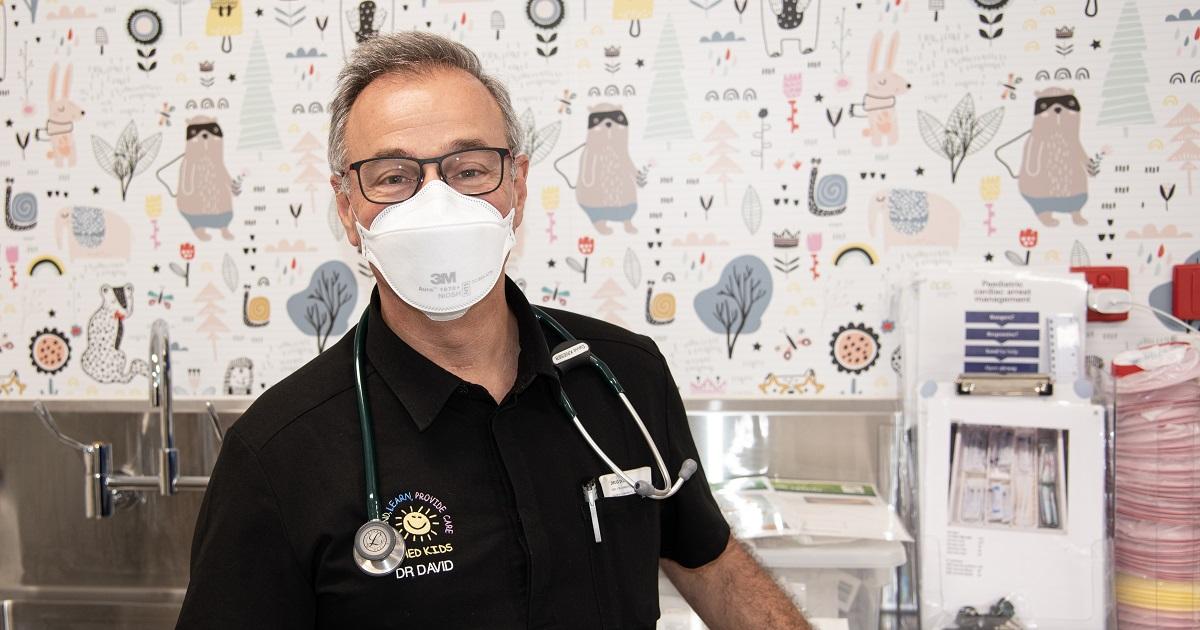Better access to treatment in the Grampians
Upgraded Ararat Hospital ‘an exciting, forward-thinking hospital’
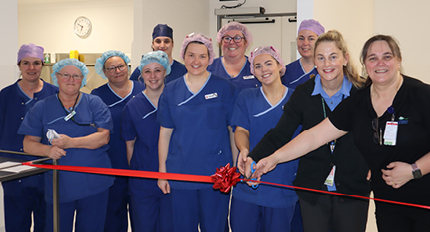
Judi Debney (picture second from right) is the Associate Nurse Unit Manager for Ararat Hospital. She has worked for the East Grampians Health Service – which runs Ararat Hospital – for about 10 years.
Judi also acted as a clinical lead during the hospital’s redevelopment.
She says there is something unique about working in the Grampians. ‘That sense of community and taking care of each other is what makes the region special.’
The upgrade was completed in October 2022. Judi says Ararat Hospital is now ‘an exciting, forward-thinking hospital with state-of-the-art facilities’ that is already improving patient outcomes.
Early diagnosis and treatment changing lives
Early detection and treatment gives patients the best chance of a better health outcome.
Judi recalls a patient referred to the hospital for an urgent colonoscopy. Following completion of the Ararat Hospital’s redevelopment, the patient was able to undergo surgery immediately due to the extra theatre and beds.
The colonoscopy found early signs of bowel cancer which could then be swiftly treated. The patient is now cancer-free.
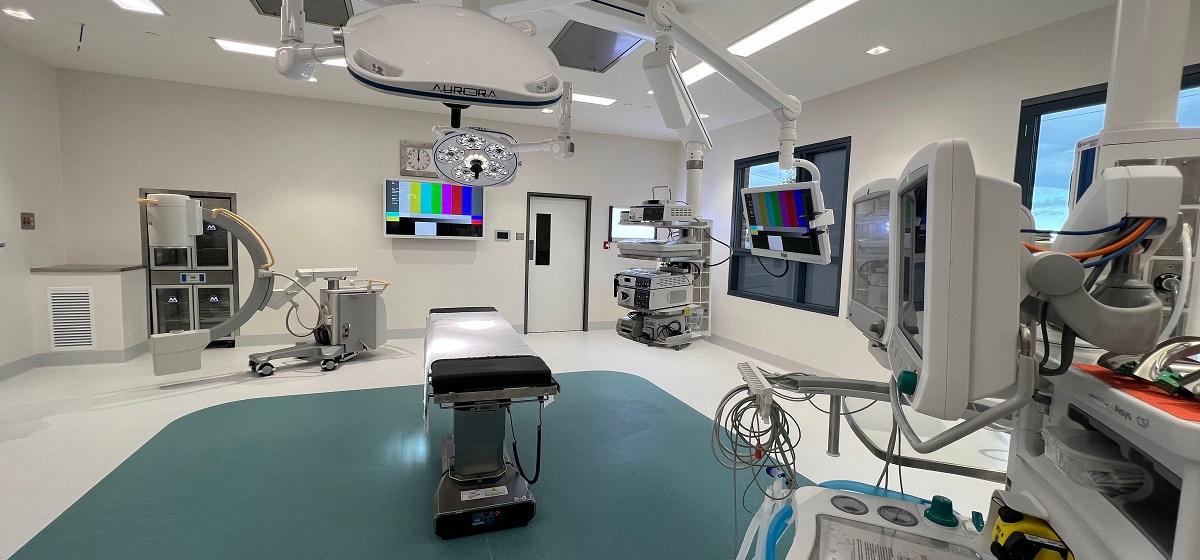
A new theatre and new surgery and recovery beds means shorter public surgery wait times for Grampians residents.
The Ararat Hospital redevelopment delivered:
- a second operating theatre – allowing 900 extra patients to access surgery each year
- two extra surgery beds and one extra recovery bed – shortening surgery wait times
- upgraded radiology, pathology and medical imaging facilities – providing world-class medical care
- redevelopment of Central Supply Sterilisation Department – improving ability to purchase and store medical equipment
- relocation of palliative care service – giving patients and loved ones more privacy.
The multi-million-dollar redevelopment is also drawing new health workers to the region. Modern, innovative technology and facilities are attracting new specialist health and medical practitioners. These include gastroenterologists, pain management specialists and plastic surgeons.
Existing specialists have also expanded their services following the increase in capacity because of the redevelopment. Visiting surgeons are taking up more session times. While gynaecologists have begun offering in vitro fertilisation (IVF) services.
Dedicated diagnostics department at Ballarat Base Hospital
Residents across the Grampians region are also benefiting from improved access to diagnostics services. Thanks to a new diagnostics department at Ballarat Base Hospital.
The expanded department brings together services previously located throughout the hospital.
The new state-of-the-art diagnostics facility includes services for:
- heart monitoring and pacemaker revision
- brain monitoring
- respiratory function testing
- blood pressure monitoring.
The $6.2 million upgrade and expansion of Ballarat Base Hospital’s diagnostics department delivered:
- three electrocardiogram (ECG) cubicles
- one electroencephalogram (EEG) room
- four echocardiogram (echo) rooms
- two echo stress testing rooms
- separate inpatient and outpatient spaces for improved privacy
- a new reception area.
The new diagnostics department is just one step in a multi-stage redevelopment of Ballarat Base Hospital. Once completed in 2027, the upgraded hospital will treat at least 18,000 more emergency patients, 14,500 inpatients and complete an additional 4,000 surgeries every year.
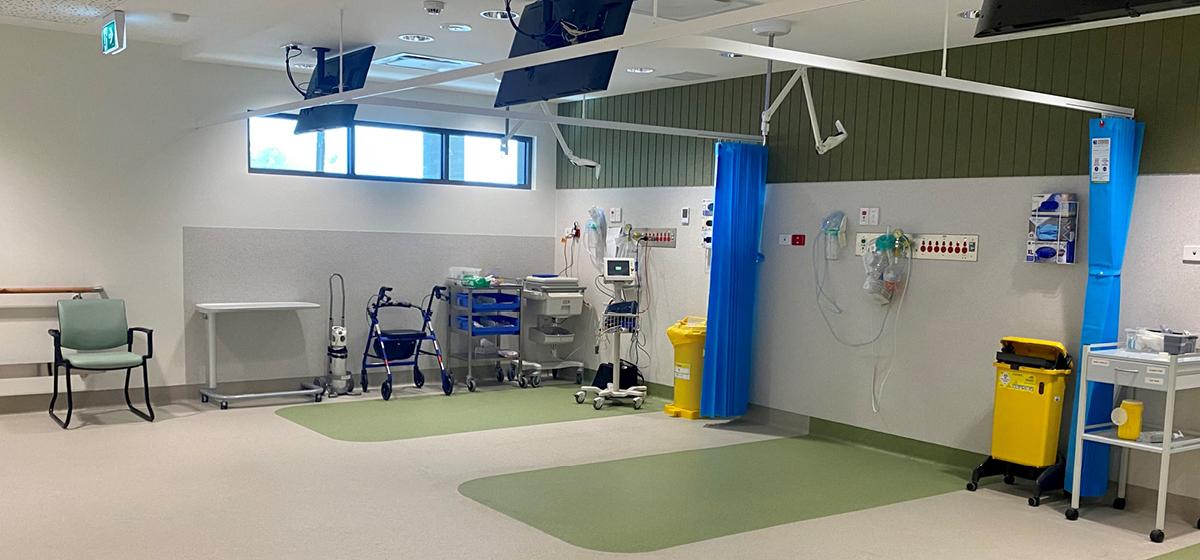
The department brings together diagnostics services previously located throughout Ballarat Base Hospital.
Community benefits
Ben Kelly is the Chief Operating Officer at Grampians Health, which runs the new diagnostics department. He says the Victorian Government’s investment is hugely important to the local community.
‘Ballarat Base Hospital is one of the few regional hospitals offering comprehensive state-of-the-art diagnostics services,’ explains Mr Kelly.
‘Without this service, residents would need to travel to metropolitan hospitals.’
An aging population and rising levels of cardiovascular and respiratory disease means more patients need access to diagnostics services. While cases are becoming more clinically complex.
The new diagnostics department will meet these specific health needs. This includes services for patients with special needs and complex physical requirements, including those undergoing bariatric surgery.
The new diagnostics department is estimated to provide the community with access to an extra 1,500 examinations each year.
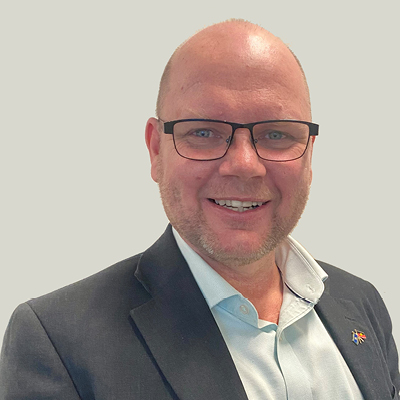
Ben Kelly, Chief Operating Officer, Grampians Health‘The new facilities not only provide increased clinical capacity, but also address an aging demographic and rising levels of cardiovascular and respiratory disease’
Privacy for patients
Mr Kelly says that feedback since the new diagnostics department opened has been positive with patients citing improved access, privacy, and efficiency.
He says the data collected by Grampians Health backs this up. ‘The upgrade has helped decrease wait times,’ adds Mr Kelly. ‘And patient throughput has improved 10 per cent compared to the same time last year.’
Seeing more patients faster gives them the best chance of early treatment and prevention of more serious illness or disease.
Learn more about the Ballarat Base Hospital redevelopment.
Subscribe and stay up-to-date
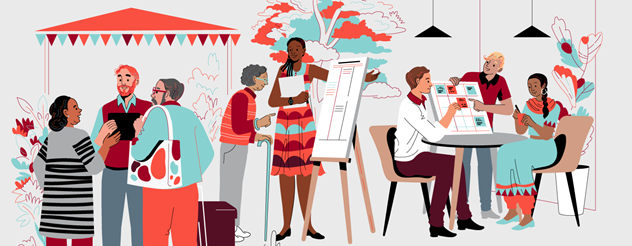
Keep up with our announcements on health, mental health and aged care projects by signing up to our online newsletters.
Public hospital upgrades in Ararat and Ballarat mean earlier diagnosis and treatment, and shorter wait times for residents.
Demand for public healthcare in the Grampians is growing, as more people move to the region. At the same time, there are rising levels of cardiovascular and respiratory disease.
The Grampians is also home to many older Victorians. Whose health needs become more complex as they age.
To improve access to vital public health services, the Victorian Government established the $790 million Regional Health Infrastructure Fund. The fund enables rural and regional health services to meet growing demand for public health and residential aged care services.
For communities in the Grampians region, recent funding includes:
- $8.4 million to upgrade Ararat Hospital, including a second operating theatre and improved imaging facilities
- $6.2 million to provide a dedicated diagnostics department at Ballarat Base Hospital.
